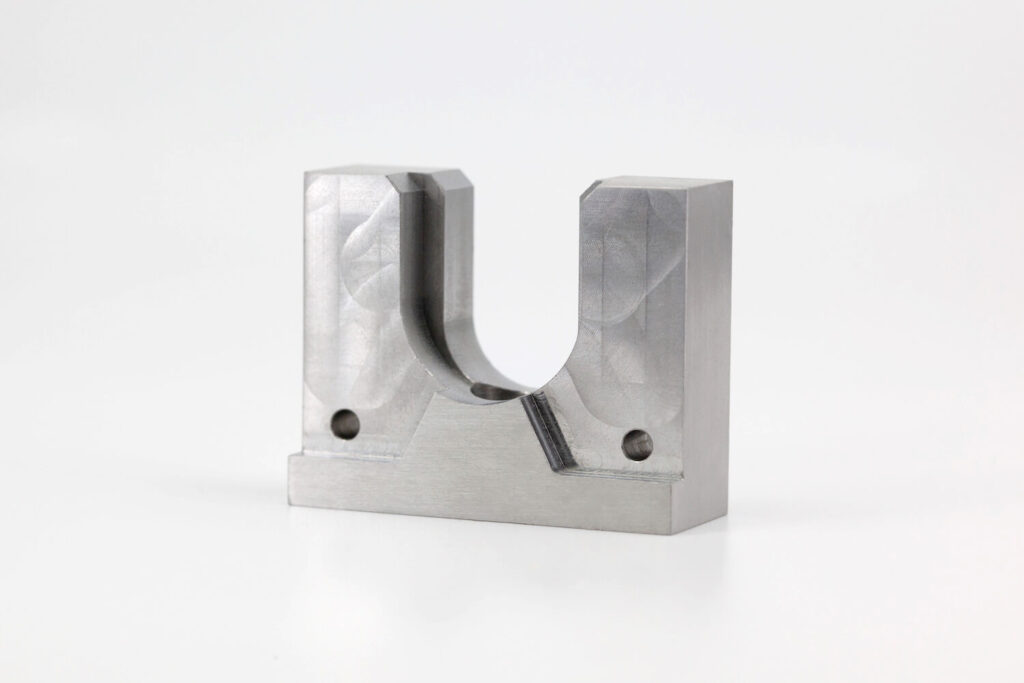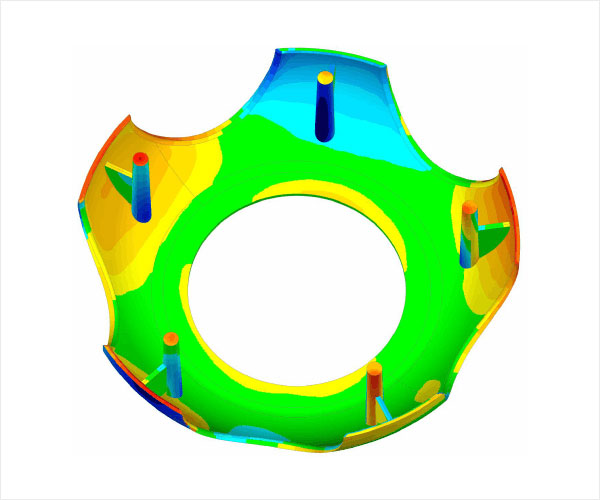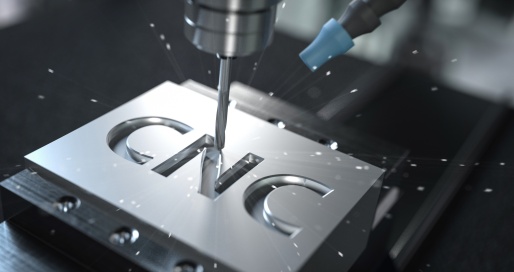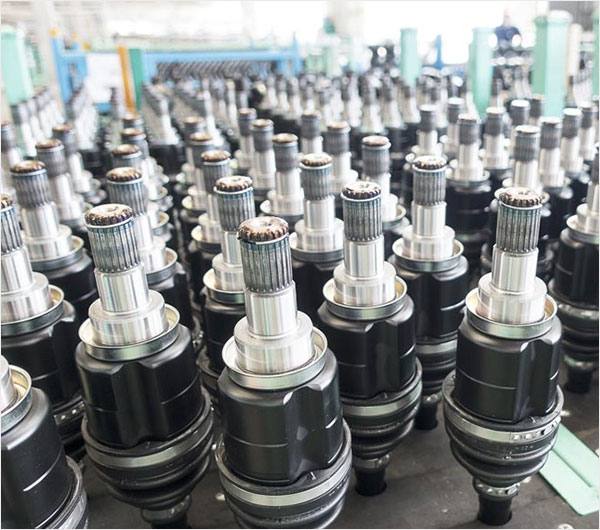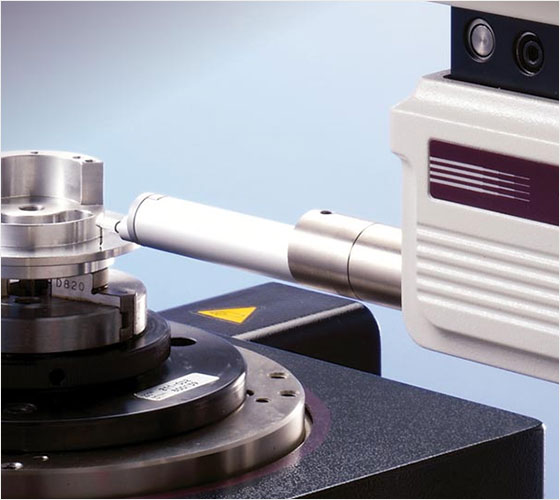The earliest recorded use of brass is from the Bronze Age, which began around 3300 BC. Since then, brass has been used extensively in a variety of applications due to its unique combination of properties, including being corrosion resistant. Today, brass is still widely used in many different industries due to its unique combination of properties.
Many people don’t know the difference when choosing between brass and bronze. Both are metal alloys made of copper and zinc, Not pure copper. but there are some key differences between the two metals. This blog post will discuss the differences between brass and bronze and help you decide which metal is right for your next project!
What is Brass?
Solid brass is composed of copper and zinc alloy, beautiful yellow, collectively known as brass. According to the chemical composition, brass is divided into ordinary copper and special brass, two kinds.
Types 1:Common Brass
Common brass is a copper-zinc binary alloy due to good plasticity, suitable for the manufacture of sheet, bar, wire, pipe, and deep drawing parts, such as condensation pipe, heat dissipation pipe, and mechanical and electrical parts. Brass alloy with an average copper content of 62% and 59% can also be cast, called cast brass.
Types 2:Special Brass
They is metal alloy consisting primarily, In order to obtain higher strength, corrosion resistance, and good casting performance, the special brass is formed by adding aluminum, silicon, manganese, lead, tin, and other metals to the copper-zinc alloy. Such as lead brass, tin brass, aluminum brass, silicon brass, manganese brass, etc. Free machining brass, particularly the CZ121 grade with a machinability rating of 100%, is also notable for its superior machinability.
1. Lead Brass
Lead brass is one of the most widely used special brass, with excellent machinability and wear resistance. Leaded brass contains less than 3% lead, with small amounts of Fe, Ni or Sn often added.
2. Tin Brass
Tin brass is brass with tin on top of a copper-zinc alloy. A special brass contained about 1% tin. Adding a small amount of tin can improve the strength and hardness of brass, prevent deszincing, and improve brass’s corrosion resistance.
3. Aluminum Brass
Tin brass is brass with tin on top of a copper-zinc alloy. A special brass contained about 1% tin. Adding a small amount of tin can improve the strength and hardness of brass, prevent deszincing, and improve brass’s corrosion resistance.
4.Silicon Brass
The silicon in silicon brass can improve copper’s mechanical properties, wear resistance, and corrosion resistance. Silicon brass is mainly used to manufacture Marine parts and chemical machinery parts.
5.Manganese Brass
Manganese copper is a resistance alloy with copper and manganese as the main components. It produces resistance components in standard resistors, diverters, and instrumentation.
What is Bronze?
Bronze is an alloy of copper and other elements except for zinc and nickel, mainly tin bronze, aluminum bronze, Beryllium bronze, etc.
Types 1:Tin Bronze
Tin bronze A copper-based alloy with tin as the main alloying element is called tin bronze.
Tin bronze is used in industry, and tin content is mostly between 3% and 14%. Tin bronze with less than 5% tin content is suitable for cold work. Tin bronze with 5% ~ 7% tin content is suitable for hot working. Tin bronze with more than 10% tin content is suitable for casting.
Tin bronze is widely used in shipbuilding, the chemical industry, machinery, instrument, and other industries, mainly used to manufacture bearing, bushing, and other wear-resistant parts, spring and other elastic components, as well as anti-corrosion and anti-magnetic parts.
Phosphor bronze, another type of bronze, is commonly used in the manufacturing of acoustic guitar and piano strings, and is also suitable for creating musical instruments like cymbals, bells, and gongs.
Types 2:Aluminum Bronze
Aluminum bronze A copper-based alloy in which aluminum is the main alloying element is called aluminum bronze. Aluminum bronze has higher mechanical properties than brass and tin bronze.
The aluminum content of aluminum bronze in practical application is between 5% and 12%, and aluminum bronze with 5% to 7% aluminum has the best plasticity, which is suitable for cold working. When the aluminum content is greater than 7% ~ 8%, the strength increases, but the plasticity decreases sharply, so it is mostly used in the cast state or after hot working.
Aluminum bronze has higher wear and corrosion resistance in the atmosphere, seawater, seawater carbonic acid, and most organic acids than brass and tin bronze. Aluminum bronze can be manufactured in gear, shaft sleeves, worm gear, and other high-strength wear-resistance parts and high corrosion-resistance elastic components.
Types 3:Beryllium Bronze
Beryllium bronze A copper alloy in which beryllium is the basic element is called beryllium bronze. Beryllium bronze contains 1.7% to 2.5% beryllium. Beryllium bronze has high elastic and fatigue limits, excellent wear, and corrosion resistance, good electrical and thermal conductivity, and the advantages of no magnetism and no spark when affected.
Beryllium bronze is mainly used in making important springs of precision instruments, clock gears, bearings, and bushings for high-speed and high-pressure operation, electrodes of electric welders, explosion-proof tools, Marine compasses, and other important parts. Bell metal, another type of bronze alloy composed primarily of copper and tin, is renowned for its acoustic properties, making it ideal for producing clear and resonant sounds in musical instruments like cymbals and bells.
The Difference Between Bronze and Brass
Chemical Element
Brass is a kind of copper alloy, and its metal alloy composition is mainly Zn (zinc); some special brass will also contain Pb (lead), Al (aluminum), Si (silicon), and so on.
Bronze originally refers to copper-tin alloy, but in the industry, it is customary to call copper alloys containing aluminum, silicon, lead, beryllium, and manganese as bronze, so bronze includes tin bronze, aluminum bronze, aluminum bronze, beryllium bronze, silicon bronze, lead bronze and so on.
Color
One of the easiest ways to tell the difference between brass and bronze is by their color. Brass is yellow-gold, while bronze has a darker, reddish brown.
Conductivity of electricity
The conductivity of electricity and heat is an important material performance index. Brass has better electrical conductivity than bronze. The specific conductivity of brass is about 60%IACS, and that of bronze is only 20%IACS to 40%IACS. This is because the main alloy element, zinc in brass, has a small atomic radius and few valence electrons, which is easy to lose electrons and become ions to conduct electricity.
The main alloy element of bronze is tin, whose atomic radius is large, and the number of valence electrons is also large. It is difficult to lose electrons and become ions, so it has poor electrical conductivity.
Resistance to Corrosion
The conductivity of electricity and heat is an important material performance index. Brass has better electrical conductivity than bronze. The specific conductivity of brass is about 60%IACS, and that of bronze is only 20%IACS to 40%IACS. This is because the main alloy element, zinc in brass, has a small atomic radius and few valence electrons, which is easy to lose electrons and become ions to conduct electricity.
The main alloy element of bronze is tin, whose atomic radius is large, and the number of valence electrons is also large. It is difficult to lose electrons and become ions, so it has poor electrical conductivity.
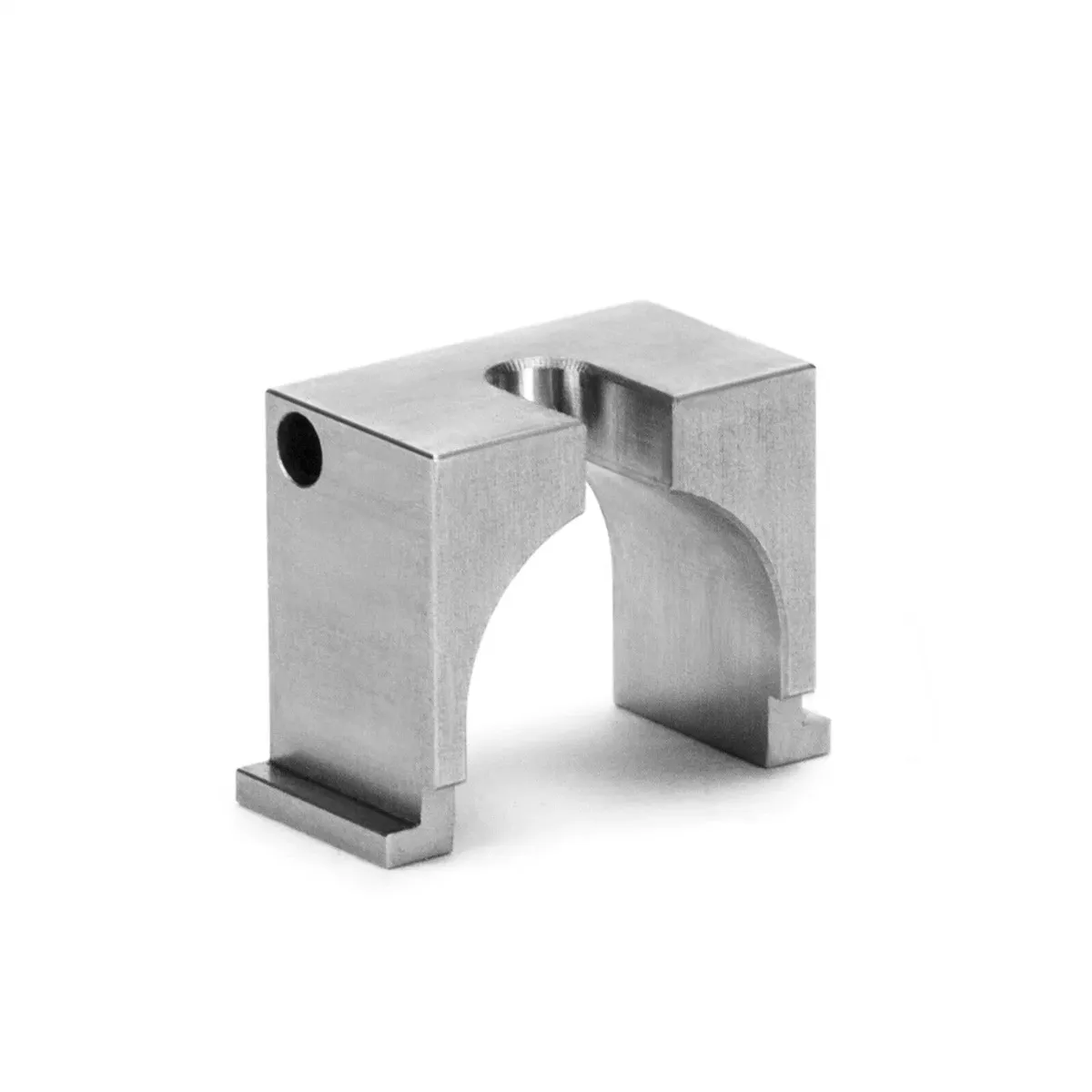
Heat-conducting Property
The heat-conducting property of a material reflects its ability to conduct heat. The thermal conductivity of brass is about 60%IACS, while that of bronze is only 20%IACS to 40%IACS.
Machinability
The machinability of a material reflects its ability to be processed by a machine. Brass is easier to machine than bronze because it is softer and has a lower melting point.
Cost
The price of bronze is higher than that of brass. The market price of brass is $6 per kilogram. Bronze costs 10 to 25 cents more per pound than brass.
Mechanical properties
The mechanical properties of brass are better than those of bronze. The tensile strength, yield strength, and hardness of brass are higher than those of bronze. This is because the main alloy element, zinc, can make the crystal grains of brass fine and uniform, so the internal organization is dense and not easy to deform.
Applications
#1. Brass Applications:
Brass is used in many applications, such as tank belts, water supply pipes, bellows, twisting pipes, condensing pipes, bullet casings, various products of complex shapes, hardware, etc.
“Different types of brass also serve different purposes.”
Lead brass: It has excellent cutting performance, wear resistance, and high strength, mainly used in the mechanical engineering of various connectors, valves, lock industry, and watch industry.
Tin Brass: Adding tin to brass can significantly improve the heat resistance of the alloy, especially the ability to improve the corrosion resistance of seawater, so tin brass is called “navy brass.”
Manganese Brass: Manganese brass has high corrosion resistance, good mechanical properties, low thermal conductivity, and electrical conductivity; easy to carry out pressure processing in a hot state, and cold state pressure processing is acceptable and is a widely used brass variety.
Manganese brass is mainly used for important parts under corrosive conditions and low current industrial parts.
Aluminum Brass: It is made of oil-free lubricating bearings because of its high strength and good wear resistance, replacing traditional tin bronze, lead brass, lead antimony tin copper, and other bearing materials.
Silicon brass: It has acid resistance, alkali resistance, wear resistance, corrosion resistance, no release of harmful substances, and so on.
It has high corrosion resistance in the atmosphere and seawater and is often used as parts for making ships and propellers.
#2. Bronze Applications:
Bronze can be divided into tin bronze, aluminum bronze, and beryllium bronze according to the elements they contain. Each bronze alloy has a different purpose.
Tin bronze: It has high strength, good resistance to sliding friction, excellent cutting performance, good welding performance, and good corrosion resistance in the atmosphere and fresh water.
- Electronic Industry: Tin bronze is the most widely used and the largest in the electrical and electronic industry, accounting for more than half of the total consumption. Mainly used in cables and conductors, electrical connectors, electrical terminals, motors and transformers, switches, and printed circuit boards.
- Machinery and Transportation: In the manufacture of machinery and transport vehicles, it is used in the manufacture of industrial valves and fittings, musical instruments, bearings, dies, heat exchangers and pumps, etc.
- Chemical Industry: It is widely used in manufacturing vacuum, still pots, brewing pot, etc.
- National Defense Industry: It is used to manufacture bullets, shells, gun parts, etc. For every 3 million bullets produced, 130-140 tons of copper are needed.
- Construction Industry: It is used for pipes, pipe fittings, and decorative devices.
- Aluminum Bronze: It has high strength and hardness, good wear, and corrosion resistance, making it suitable for various environments. It is widely used in force structural parts, transmission parts, and so on.
Its main features and uses are as follows:
- Bearings,
- Bushings,
- Gears,
- Turbines,
- Flywheel
- Fixed nut
- Nozzle
- Guide rocker arm bushing etc.
Beryllium Bronze: Beryllium bronze has no magnetic, spark, wear, corrosion, fatigue, or stress relaxation resistance. And easy to cast and pressure forming.
Typical uses of beryllium bronze castings are plastic or glass casting molds, resistance welding electrodes, explosion-proof tools for petroleum opening, submarine cable shields, etc.
Typical uses of beryllium bronze are current-carrying reeds, connectors, contacts, fastening springs, plate and spiral springs, film boxes, bellows, and lead frames in electronic devices.
Architectural bronze is a staple in the architecture industry, commonly used for decorative elements, structural components, and artistic features. Examples of its application include door and window frames, cabinet hardware, and furniture trim. Architectural bronze retains the natural color and finish of raw bronze.
How to Distinguish Brass and Bronze?
The easiest way to look at it is in terms of color. Brass is yellow, and bronze is green.
In terms of price, the price of bronze is higher than that of brass.
The chemical method is identified as follows: Dissolve the mixture of HCL and H2O2, then add potassium chromate. If there are yellow residues, then it is bronze; if not, it is brass.



